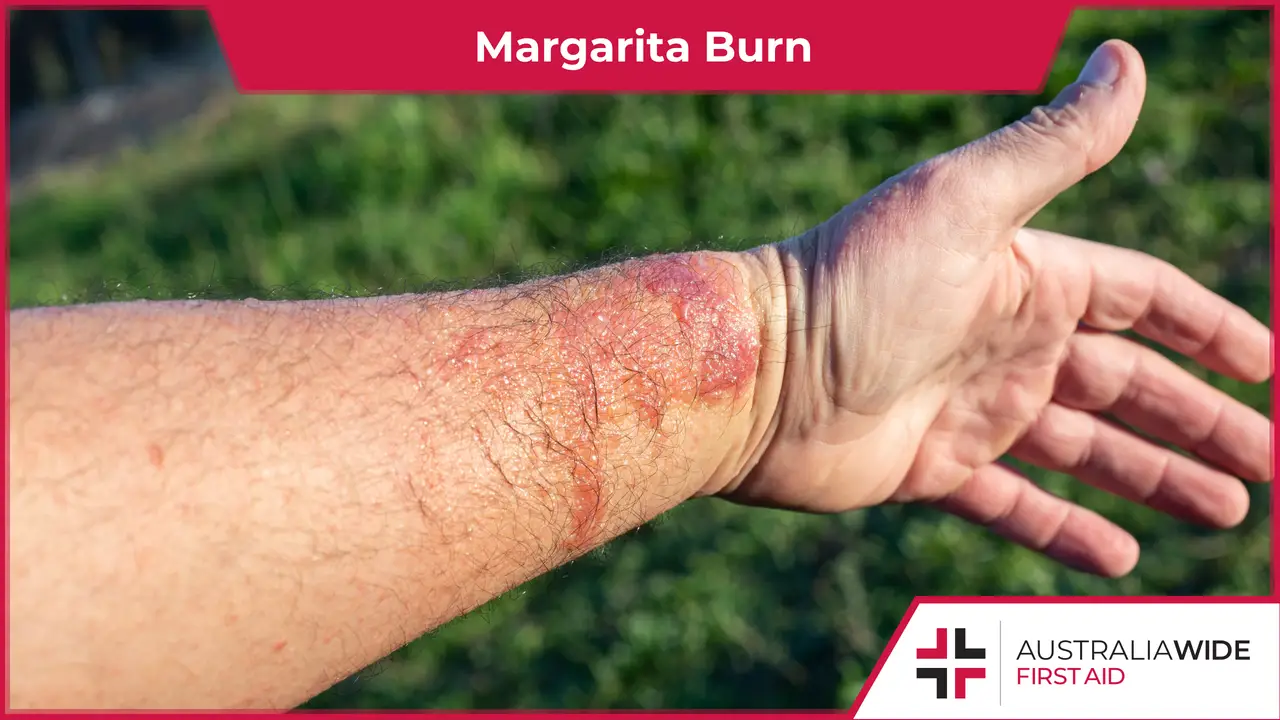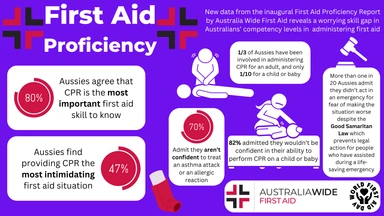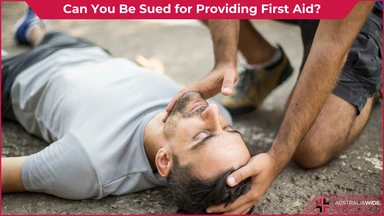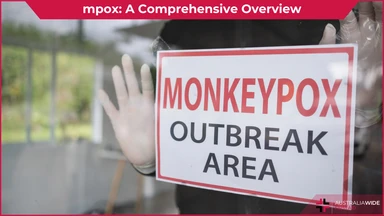What is Margarita Burn and Why is it in the News?


Despite its fun name, margarita burn is anything but.
This condition is a type of contact dermatitis that can occur when a person comes into contact with certain plants that can make their skin have a stronger and faster reaction to UV radiation.
The term 'margarita burn' only recently exploded into the public consciousness, when an Australian woman reported that her young son had endured a night in the hospital and a trip to the burns unit after juicing limes with his cousins.
The woman gave an ominous warning at the end of her public health announcement: 'Beware - lime and sun don't mix'.
Tiny Hearts Education, an organisation that provides baby, infant, and child first aid courses, shared a similar story on their Facebook page about a young boy who developed blisters on his chest after playing with a lime in a blow up pool.
Read on to learn about what margarita burn is, what it looks like, how to treat it, and how to avoid it.
And for more information on identifying and treating different burns, book one of our general or childcare first aid courses.
We have training locations in every state, capital city, and major town throughout Australia.
Head to our website to find and enrol in a first aid course near you today.
Margarita burn occurs when a chemical called furocoumarin reacts with sunlight.
Furocoumarin naturally occurs in a variety of different plant sap and fruits, including:
When furocoumarin gets on your skin, it can make it more sensitive to UV light.
As such, blisters and second degree burns can develop on the skin a few days after relatively minimal sun exposure.
Margarita burn commonly occurs on the legs, hands, or arms - wherever the skin is exposed to furocoumarin.
It typically begins as a mildly irritated or darkly pigmented patch of skin, which (in severe cases) can then blister and turn into second degree burns.
Once the blisters have subsided, a pigmented stain can develop on the affected area and last for several weeks.
Treatment will vary depending on the severity of the margarita burn.
Mild cases of margarita burn can generally be treated at home with supportive measures that reduce pain and shorten the duration of symptoms, like:
Severe cases of margarita burn, meanwhile, may require hospital treatment to reduce the risk of secondary infection.
In any case, you should seek medical advice if you are worried about your symptoms.
Not everyone who becomes exposed to furocoumarin will develop margarita burn.
You may be at a greater risk of the condition if you have a history of contact dermatitis with other substances, such as soaps, detergents, and metals.
You can reduce your risk of margarita burn by:
For more information on identifying and treating different burns, book one of our general or childcare first aid courses.
We have training locations in every state, capital city, and major town throughout Australia.
Head to our website to find and enrol in a first aid course near you today.

September 16, 2024
New data reveals nearly half of Aussies lack the CPR knowledge to save a life. In fact, new data from Australia Wide First Aid’s inaugural, First Aid Proficiency Report, reveals only a third of Aussies have ever assisted in providing CPR.

August 23, 2024
The idea of helping someone in an emergency situation often raises concerns about potential legal repercussions. While the desire to assist is strong, many Australians wonder if they could be sued for rendering first aid. This article explores the legal landscape in Australia regarding the liability of individuals who provide first aid assistance.

August 16, 2024
Monkeypox is a rare viral disease that has garnered significant attention due to its similarities with smallpox. Although less severe, monkeypox is a public health concern, particularly in regions where it is endemic.